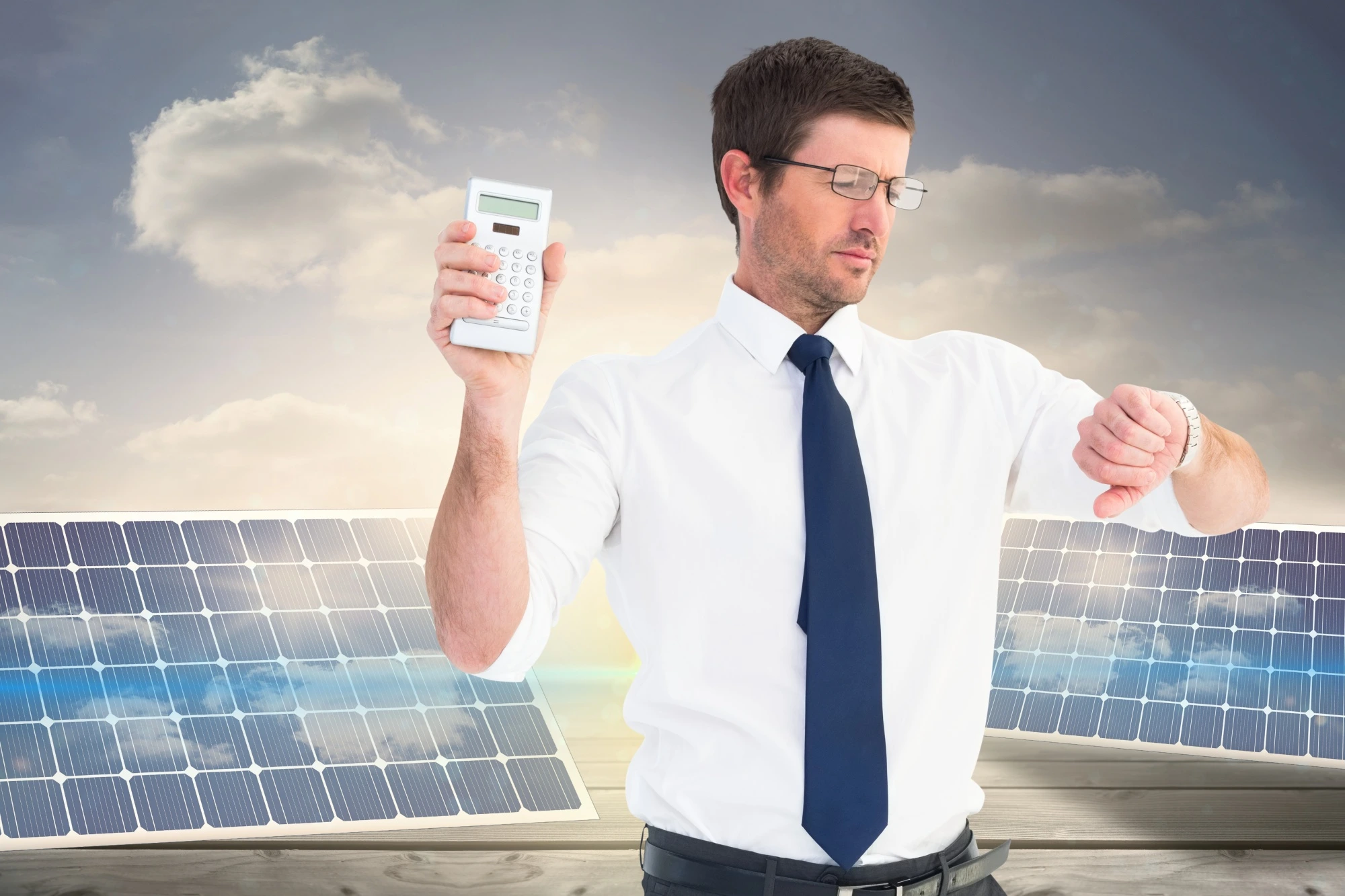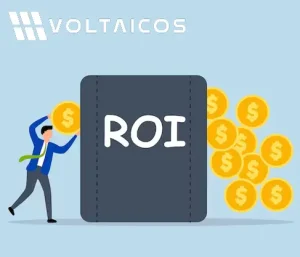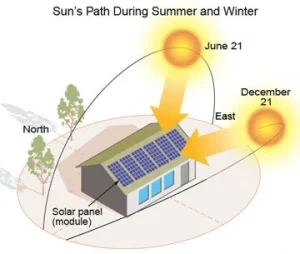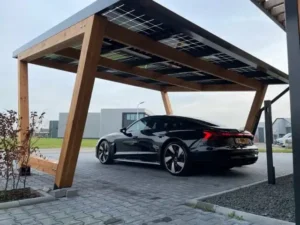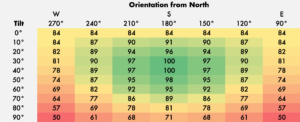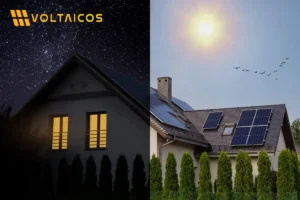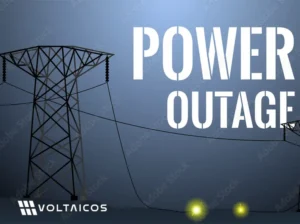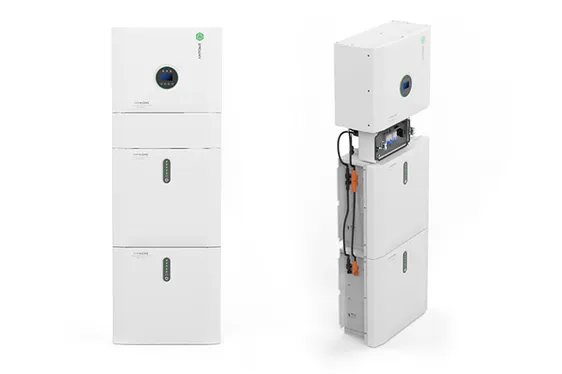Maximum System Voltage in a solar panel.
When it comes to setting up your solar energy system, there’s one key factor that plays a critical role in ensuring your setup is both efficient and safe: the maximum system voltage in a solar panel. But what exactly does this term mean, and how does it impact the performance and safety of your solar installation? Let’s break it down.
What does it mean?
In simple terms, the maximum system voltage in a solar panel refers to the highest voltage that a solar panel or solar system can handle safely without any risk of damage. This voltage value is specified by the manufacturer of the solar panels and helps to ensure that the system operates safely under varying conditions.
The maximum system voltage in a solar panel is crucial for the correct design of the solar power system. When you’re choosing solar panels, it’s essential to match the system’s components (such as inverters and wiring) to the maximum voltage rating to avoid potential hazards, inefficiency, or damage.
Why Does Maximum System Voltage in a solar panel Matter?
- System Compatibility
If your system exceeds the maximum voltage, components like inverters and wiring might not be able to handle the higher load. This could lead to overheating, failure of equipment, or even fire hazards. On the flip side, if your system operates at too low a voltage, you might not be able to maximize your solar panel’s potential energy output. - Safety
The maximum voltage rating ensures that your solar installation operates safely within the designed limits. Exceeding this voltage can damage both your panels and the other components in the system, leading to costly repairs or even complete system failure. - Efficiency
Solar panels are designed to work efficiently within certain voltage ranges. If the voltage goes beyond or falls below these ranges, the system’s energy production could be significantly affected. Optimizing the voltage ensures that your solar panels perform at their peak potential. learn more about solar panels in Portugal
How is Maximum System Voltage in a Solar Panel determined?
The maximum system voltage is usually determined by the solar panel’s design and the materials used in its construction. In general, most residential solar systems are designed to operate at voltages up to 600V, while commercial systems may handle voltages of 1000V or even higher. However, it’s important to note that this voltage is not the operating voltage of the panels, but rather the maximum safe voltage the entire system can handle.
To give you an example, let’s consider the specifications of a typical solar panel. A panel might have a rated open-circuit voltage (Voc) of around 40-45V, which is the maximum voltage the panel can produce under open-circuit conditions. However, the maximum system voltage in a solar panel will be higher to account for the entire system setup, including the wiring, inverter, and the number of panels connected together.
Ready to optimize your solar energy system? Get a personalized assessment of your solar savings and find the perfect system for your home or business in Portugal.
Learn More About Solar Panels in Portugal
Foolproof Step-By-Step Maximum System Voltage in a Solar Panel Calculator
To make sure your solar system remains within the safe voltage limits, a maximum system voltage calculator can be incredibly helpful. A calculator like the one from Shop Solar Kits provides a simple step-by-step guide for calculating the maximum voltage for your system.
Here’s how you can use a calculator to find the maximum system voltage:
- Determine Panel Specifications: First, gather the specifications of the solar panels you’re using, such as the open-circuit voltage (Voc) and the number of panels.
- Account for Panel Configuration: Decide whether you will be connecting the panels in series or parallel. The voltage will increase when panels are connected in series.
- Input Values: Enter the number of panels in series and their rated voltage into the calculator. The system will calculate the total voltage for you.
- Ensure Compatibility with Inverters: Compare the result with the specifications of your inverter. The inverter’s maximum input voltage should be higher than the calculated system voltage.
By using this tool, you can be sure that you’re designing a solar power system that won’t exceed the recommended voltage ratings and will perform safely and efficiently.
How to Choose the Right Solar Panel System Voltage
When selecting a solar panel system, ensure that the maximum system voltage matches the specifications of your other components. Here are some steps to consider:
- Match with the Inverter: Inverters have their own voltage limits, so it’s essential to ensure the inverter you choose can handle the system voltage. You don’t want to pick an inverter that can only support a lower voltage than your system’s max voltage, as it can lead to operational issues.
- Series vs. Parallel Configurations: Solar panels can be connected in series (which increases the voltage) or in parallel (which increases the current). If you’re planning on connecting multiple panels, it’s important to know how many you can connect in series without exceeding the system’s voltage limit.
- Consider Local Climate and Conditions: Temperature can affect the voltage of your solar panels. In cold climates, the voltage can increase, while in hot conditions, it might decrease. Always account for the temperature coefficients of your solar panels to ensure you don’t exceed the maximum system voltage under extreme weather conditions. explore solar panels in Algarve
What Happens if the Voltage is Too High?
If the voltage in a solar system exceeds the maximum rated voltage, it can lead to:
- Overheated Wiring: High voltage can cause wires and connections to overheat, leading to potential safety hazards or equipment failure.
- Damaged Panels: When solar panels are exposed to voltages beyond their rated maximum, they can get damaged, resulting in reduced energy output or total failure.
- Inefficiency: Operating above the maximum voltage can lead to energy loss, meaning your system won’t perform as efficiently as it should.
What Happens if the Voltage is Too Low?
On the other hand, if the voltage is too low for your system’s needs, the solar panels won’t be able to generate enough energy to meet the demands of the system. This can lead to:
- Underperformance: A lower voltage will result in less power being produced, reducing the overall efficiency of your solar installation.
- Strain on the System: If the voltage is too low, components such as the inverter might struggle to operate optimally, leading to more frequent maintenance and potential breakdowns.
Do you want to know what solar system fits you building? Schedule a free consultation
Conclusion
The maximum system voltage in a solar panel is a critical specification to understand for anyone looking to install a solar energy system. By matching the voltage ratings across all your components and staying within the safe operating range, you can ensure your solar installation is safe, efficient, and long-lasting.
Ready to optimize your solar energy system? Get a personalized assessment of your solar savings and find the perfect system for your home or business in Portugal. Click on the yellow button below!


